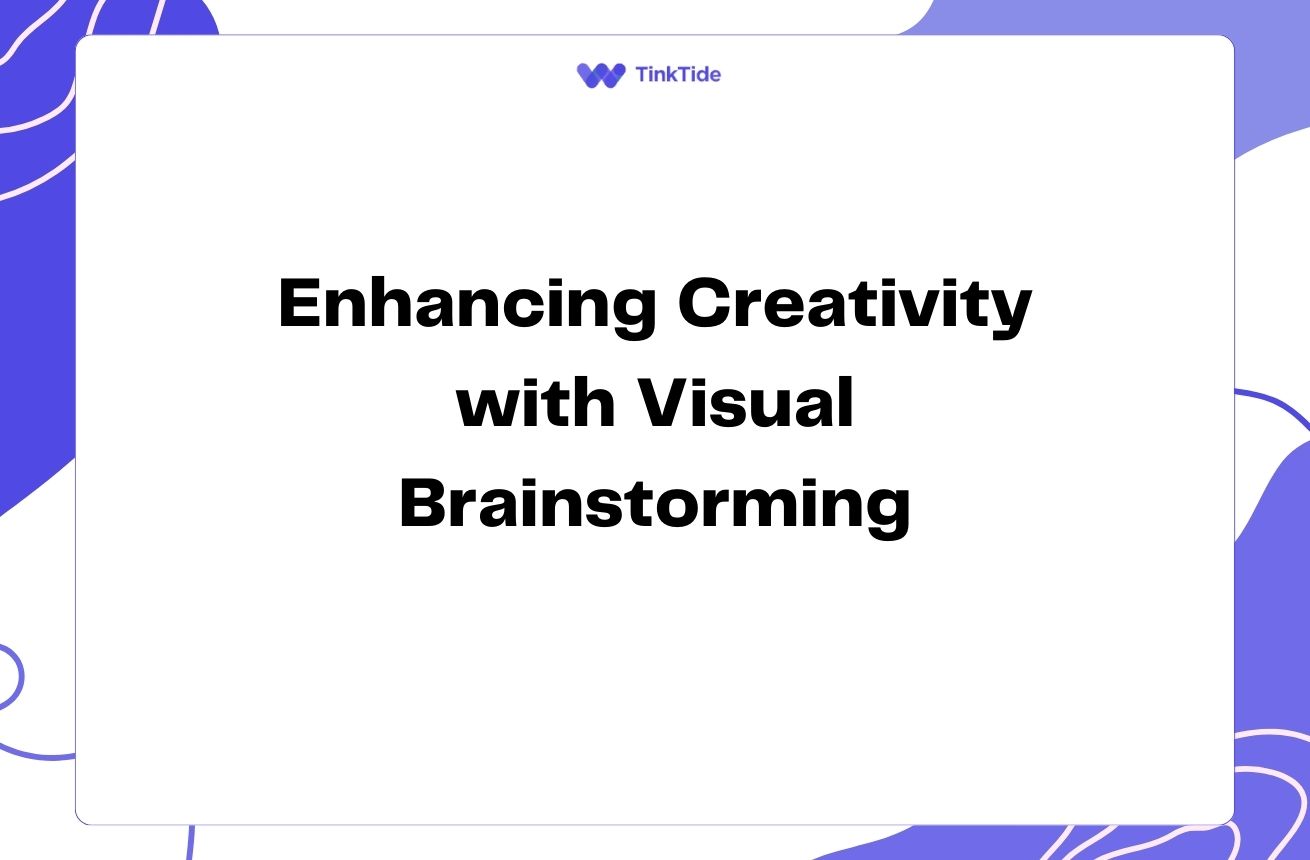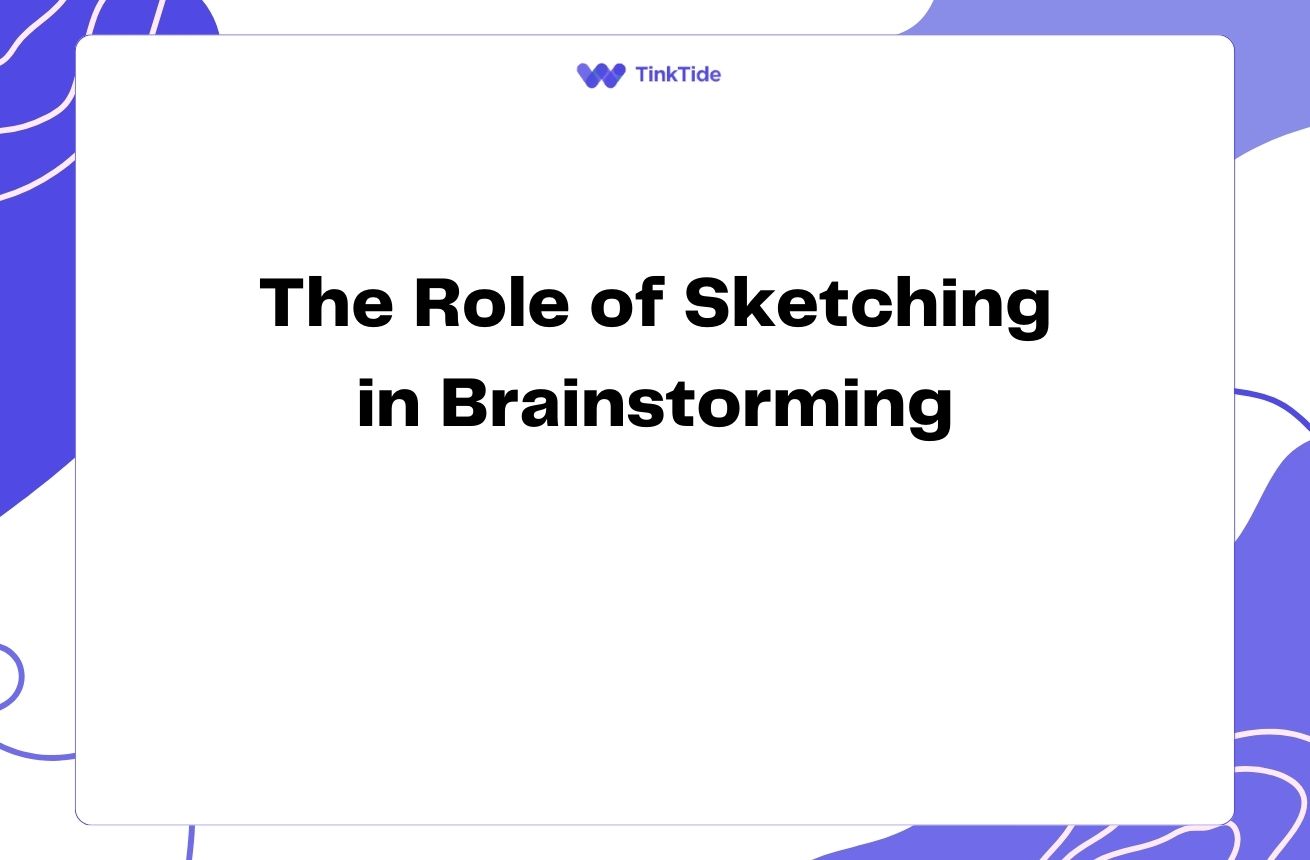Unlock Learning Potential with Mind Maps: A Powerful Tool
What are Mind Maps?
Mind maps are visual diagrams that represent ideas, concepts, and information in a hierarchical and interconnected manner. They start with a central idea and branch out into related subtopics, creating a tree-like structure that mimics the way our brains naturally organize information.
This powerful tool, popularized by Tony Buzan in the 1970s, has since become a staple in both learning and teaching environments. Mind maps leverage the brain's natural tendency to think in non-linear patterns, making them an excellent aid for brainstorming, note-taking, and understanding complex subjects.
By combining words, colors, and images, mind maps engage multiple senses, enhancing memory retention and recall. This multi-sensory approach makes them particularly effective for visual learners and those who struggle with traditional linear note-taking methods.
Benefits of Using Mind Maps in Learning
Mind maps offer numerous advantages for learners of all ages and backgrounds. Here are some key benefits:
- Improved comprehension and retention of information
- Enhanced creativity and problem-solving skills
- Better organization of thoughts and ideas
- Easier identification of connections between concepts
- Efficient review and revision of learned material
Creating Effective Mind Maps
To create an effective mind map, start with a central idea or topic in the middle of your page. Use colors, images, and short phrases to represent key concepts. Branch out from the center, adding subtopics and related ideas. The goal is to create a visual representation that's easy to understand at a glance.
Remember to use curved lines instead of straight ones, as they're more engaging for the brain. Incorporate symbols, icons, and drawings to make your mind map more memorable. Don't be afraid to get creative – the more personal and visually appealing your mind map is, the more effective it will be as a learning tool.
For digital mind mapping, tools like MindMeister or XMind offer user-friendly interfaces and additional features like collaboration and easy sharing.
Mind Maps in Teaching
Educators can leverage mind maps to present complex information in a more digestible format. By breaking down intricate subjects into visual hierarchies, teachers can help students grasp the big picture while also focusing on specific details.
Mind maps are particularly useful for introducing new topics, summarizing lessons, or reviewing content before exams. They can be created collaboratively in class, encouraging student participation and fostering a deeper understanding of the subject matter.
For example, when teaching history, a mind map could be used to illustrate the causes and effects of major events, making it easier for students to see the interconnections between different historical factors.
Integrating Mind Maps into Your Learning Routine
To make the most of mind mapping, incorporate it into your daily learning or teaching routine. Here are some practical ways to do so:
- Use mind maps for note-taking during lectures or while reading textbooks
- Create mind maps to plan essays or research papers
- Employ mind maps for brainstorming sessions or problem-solving
- Utilize mind maps for exam preparation and revision
- Develop mind maps to explain complex concepts to others
Overcoming Common Challenges
While mind mapping is a powerful tool, some learners may face initial challenges. One common issue is feeling overwhelmed by the freedom of the format. To overcome this, start with simple mind maps and gradually increase complexity as you become more comfortable with the technique.
Another challenge is maintaining consistency in your mind mapping style. Develop a personal system of colors, symbols, and layouts that work best for you. This will make your mind maps more intuitive and easier to review over time.
Remember, practice makes perfect. The more you use mind maps, the more natural and effective they'll become as a learning and teaching tool.
Address common questions
Here are some frequently asked questions about using mind maps for learning and teaching:
Are mind maps suitable for all subjects?
Yes, mind maps can be used effectively across various subjects, from sciences to humanities. They're particularly useful for subjects with interconnected concepts or those requiring a lot of information organization.
Can mind maps replace traditional note-taking?
While mind maps can be a powerful alternative to linear note-taking, they work best when used in conjunction with other methods. Some learners find a combination of traditional notes and mind maps to be most effective.
How can I use mind maps for group projects?
Mind maps are excellent for collaborative work. Use a large sheet of paper or a digital mind mapping tool to brainstorm ideas as a group. This visual approach can help team members see connections and contribute more effectively.
Are there any downsides to using mind maps?
While mind maps are generally beneficial, they may not suit everyone's learning style. Some learners might find them too unstructured. Additionally, very complex mind maps can become cluttered and difficult to read if not well-organized.
How can I assess student learning using mind maps?
Teachers can use mind maps as an assessment tool by having students create maps to demonstrate their understanding of a topic. Evaluate the comprehensiveness, accuracy of connections, and depth of detail in the mind maps to gauge student learning.
Provide additional resources
The Mind Map Book
Tony Buzan's comprehensive guide to mind mapping techniques
Coggle
A free online tool for creating and sharing mind maps
Mind Mapping in Education
An in-depth article on using mind maps in educational settings
How to Mind Map
A helpful video tutorial on creating effective mind maps
Mind Maps for Exam Preparation
Tips on using mind maps for exam revision and preparation
Summarize key takeaways
Mind maps are a versatile and powerful tool for both learning and teaching. By visually representing information in a non-linear format, they tap into our brain's natural way of processing information, enhancing understanding and retention.
Whether you're a student looking to improve your study techniques or an educator seeking innovative ways to present information, mind maps offer a creative and effective solution. They can transform complex subjects into easily digestible visual representations, fostering deeper learning and more effective teaching.
Start incorporating mind maps into your learning or teaching routine today. With practice, you'll discover how this simple yet powerful tool can revolutionize your approach to education and knowledge acquisition.
Enhance Your Learning with Tinktide
Ready to take your learning to the next level? Try Tinktide's innovative tools for smarter, more effective studying.
Start Your Free Trial

